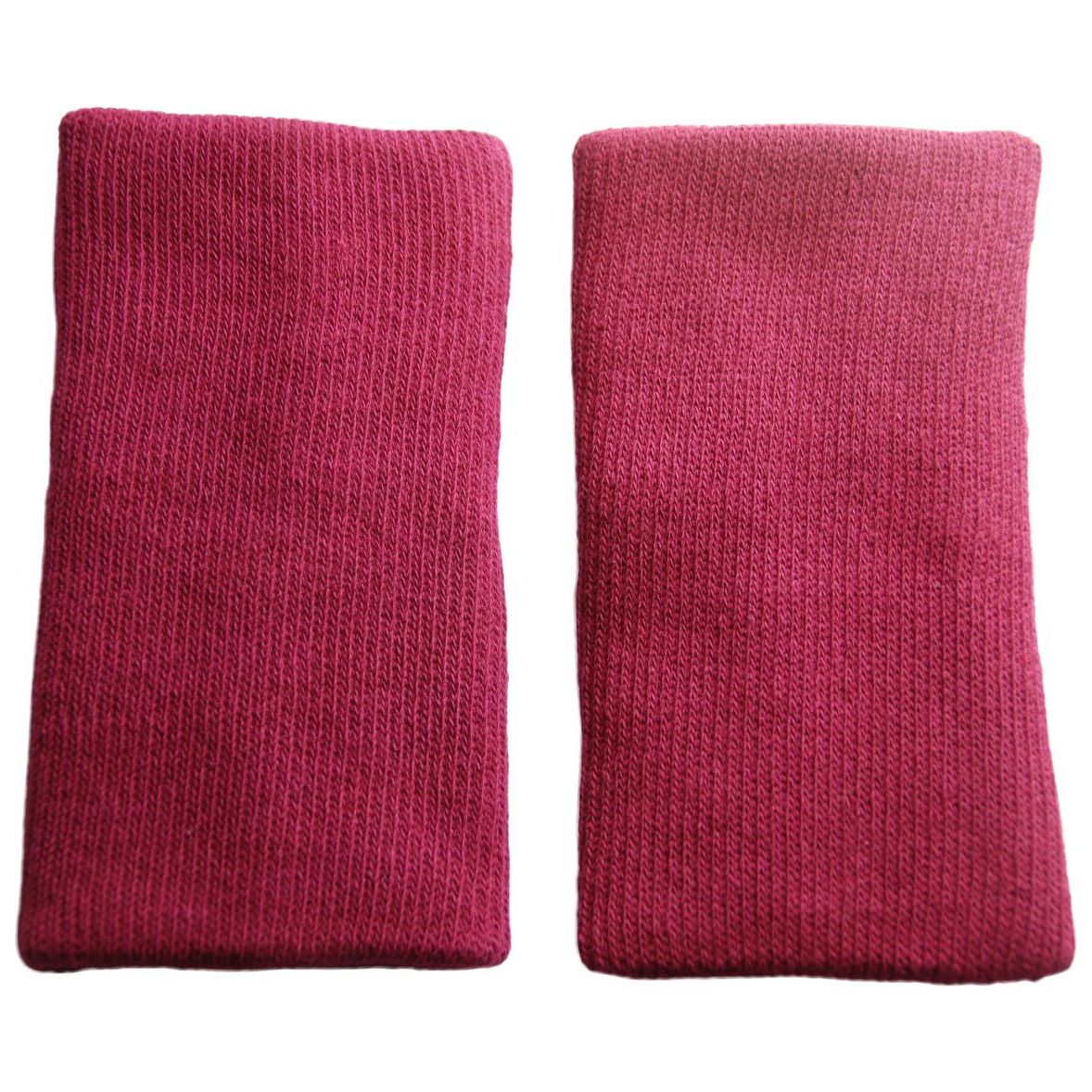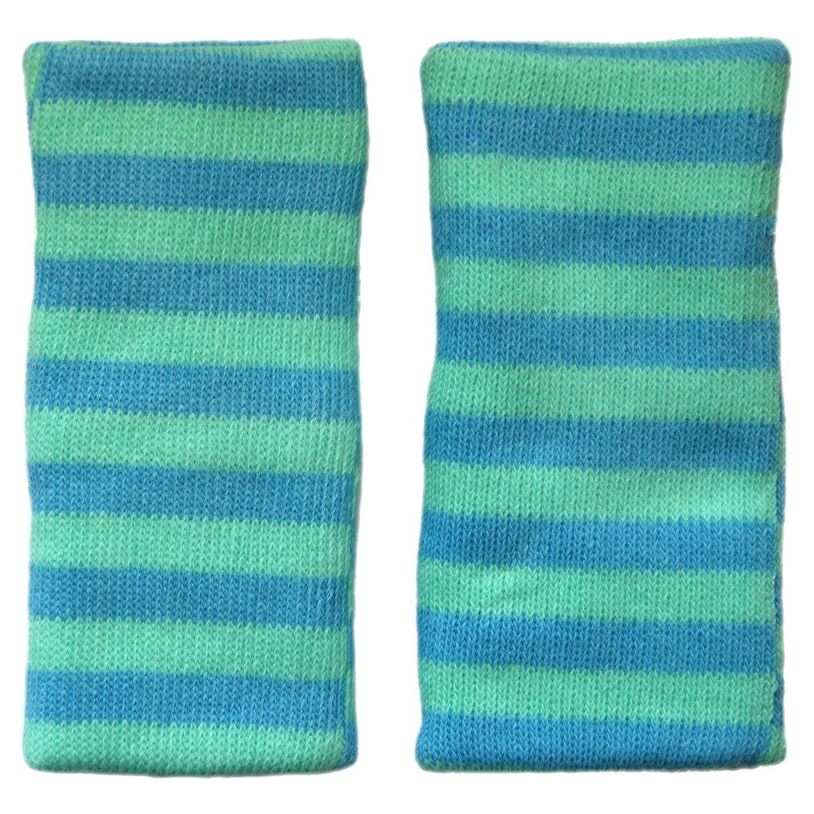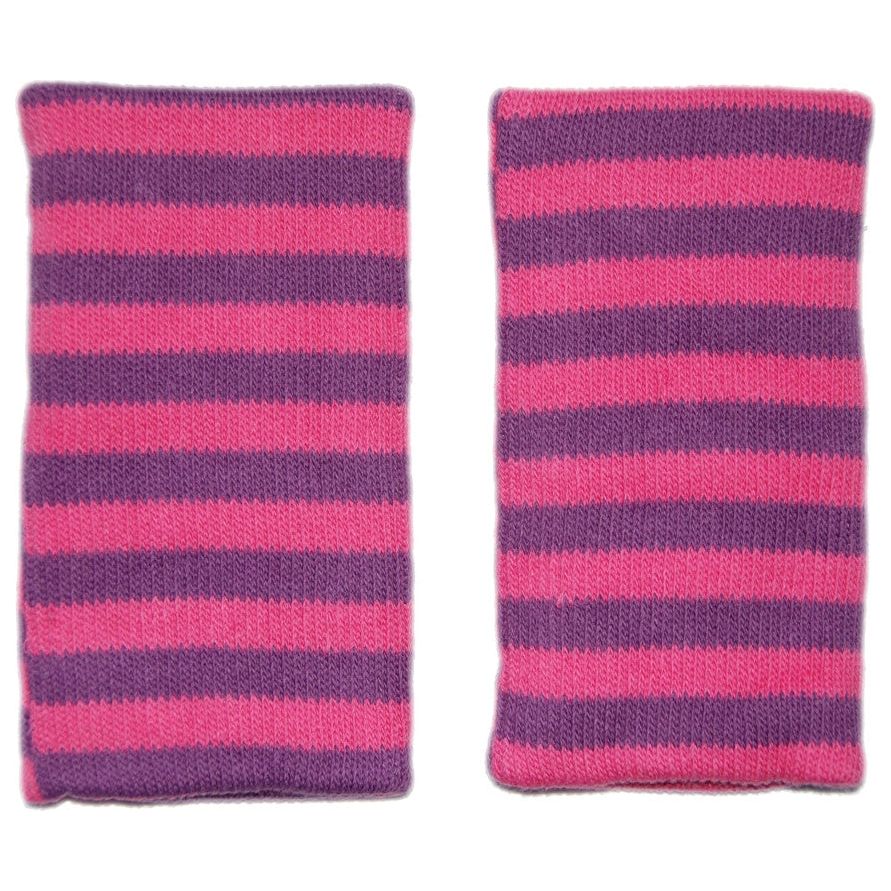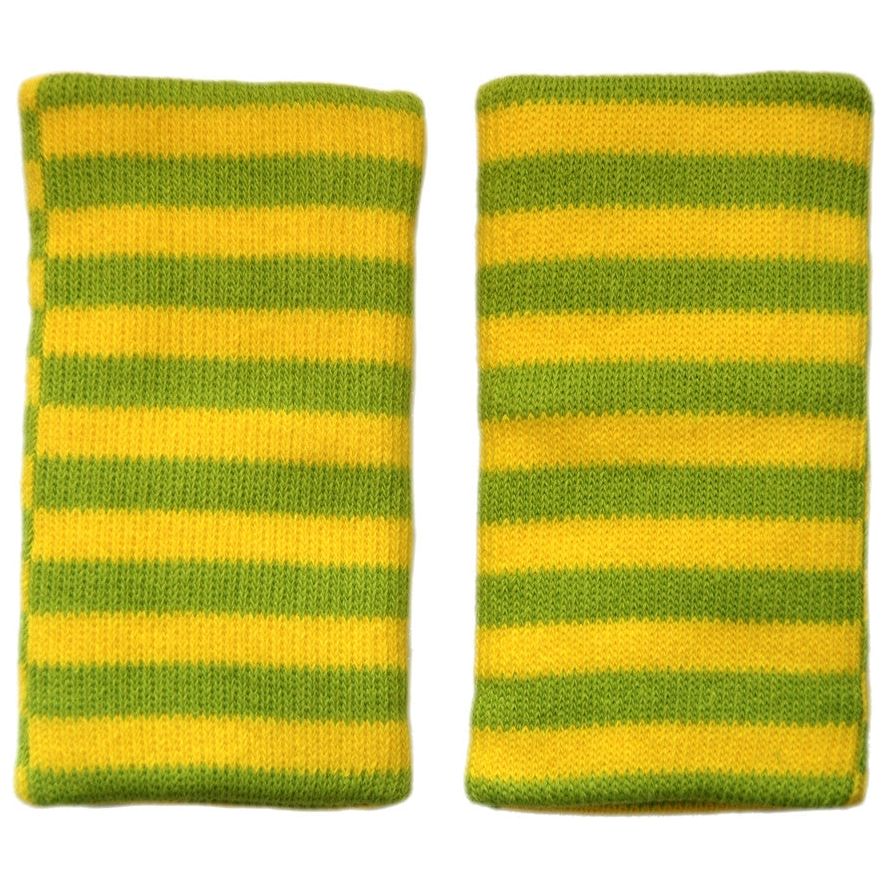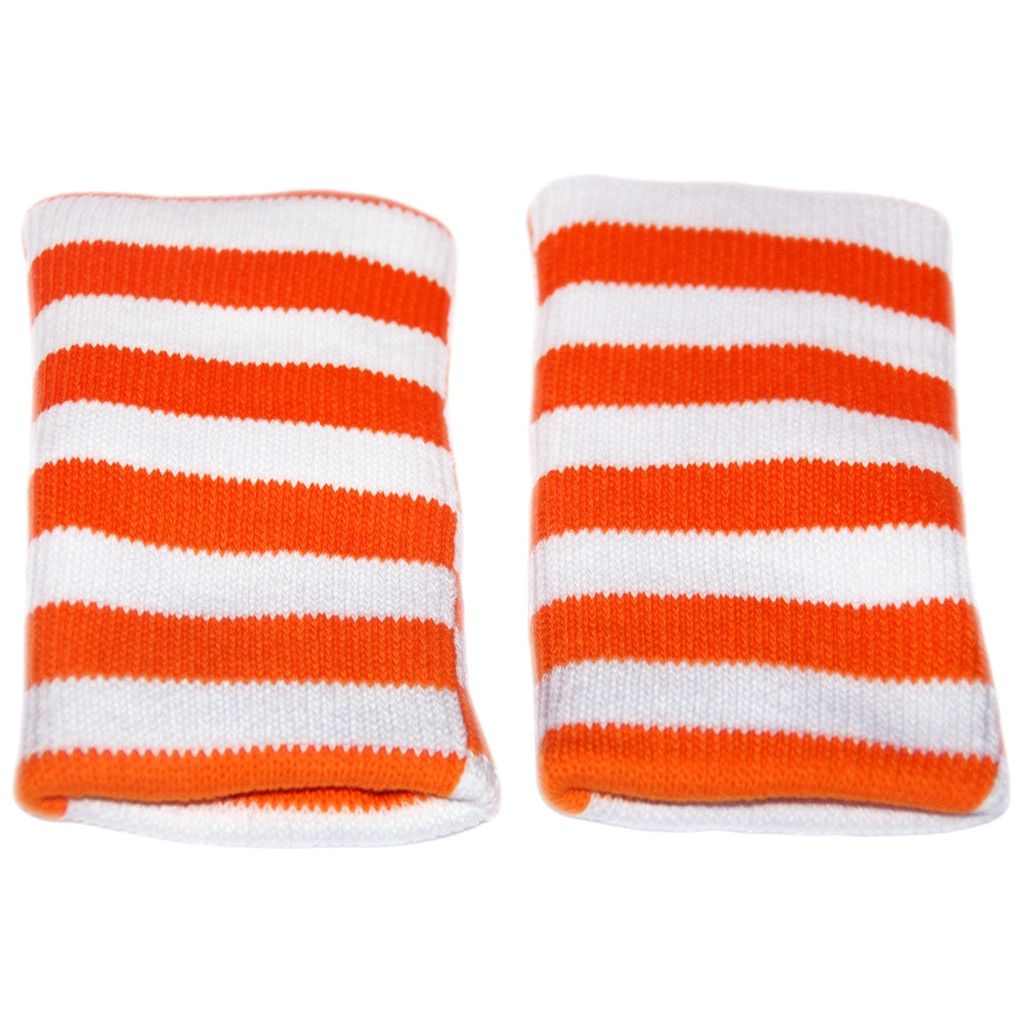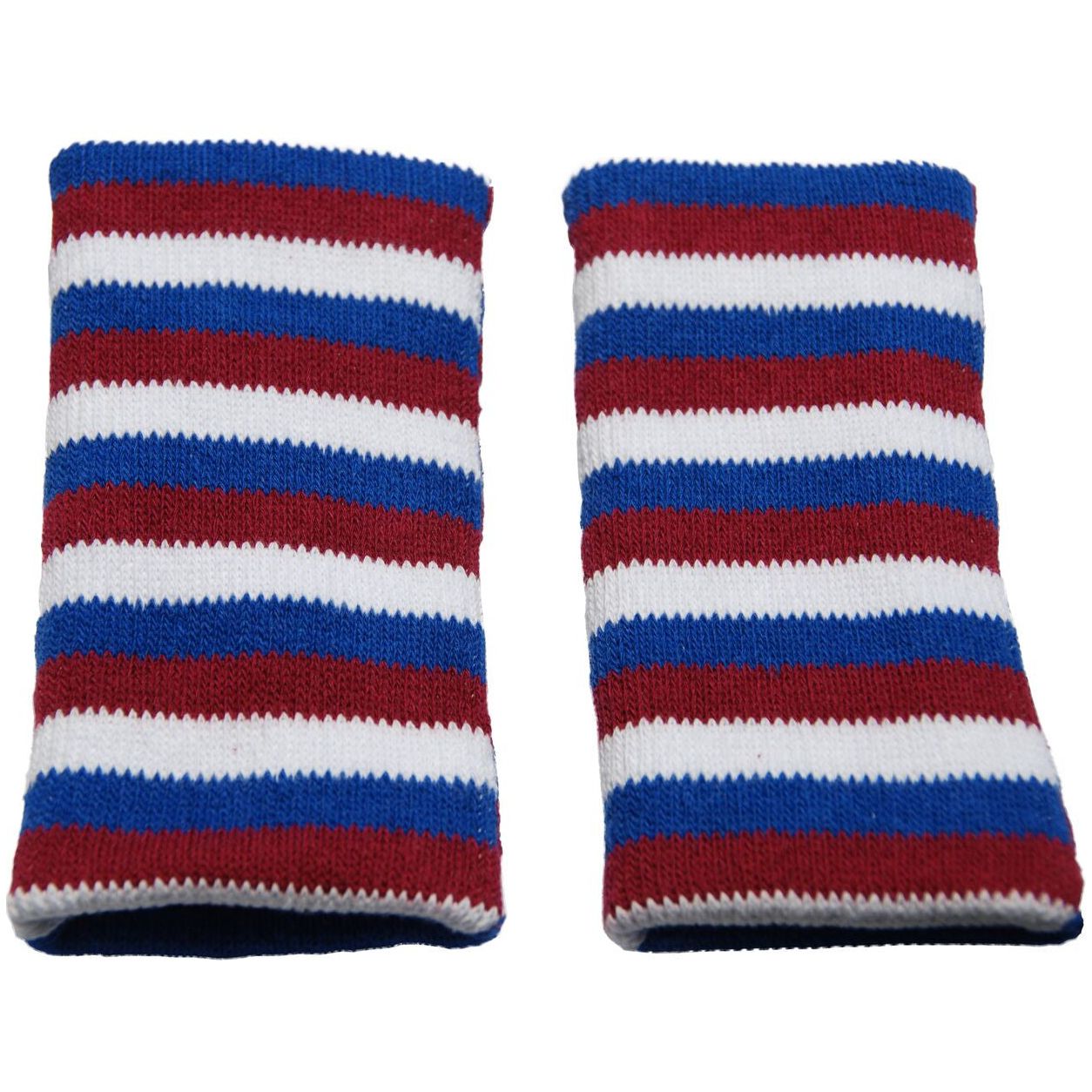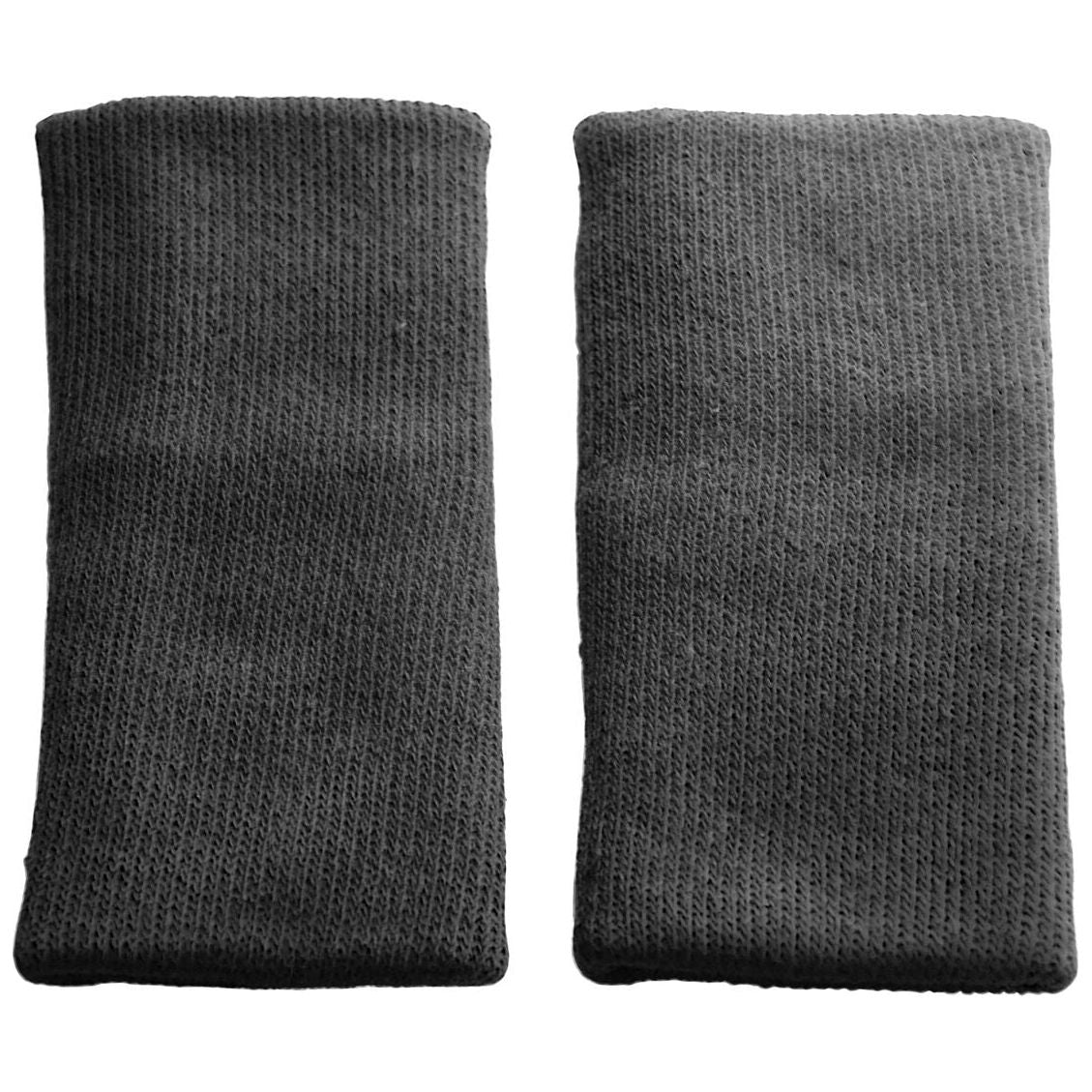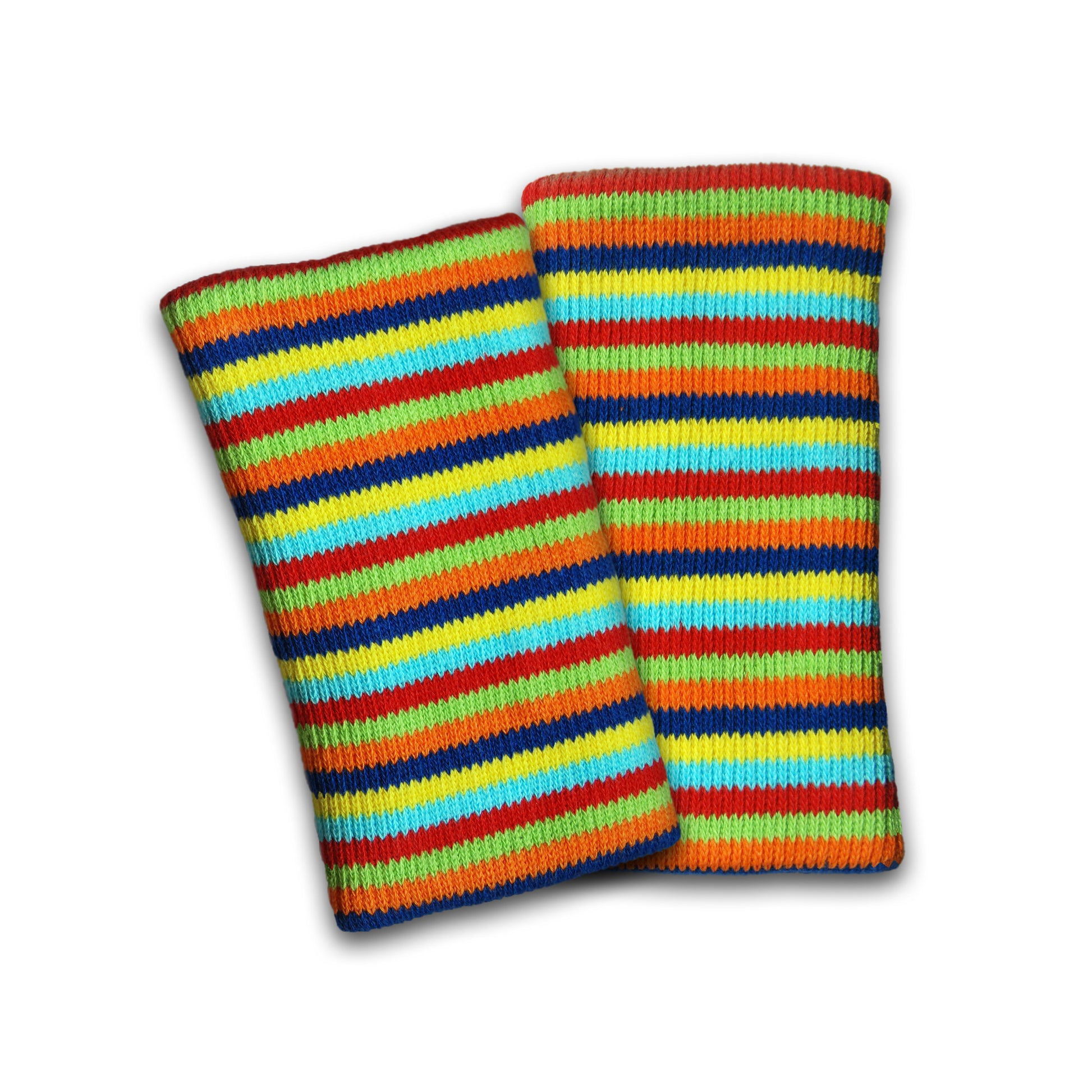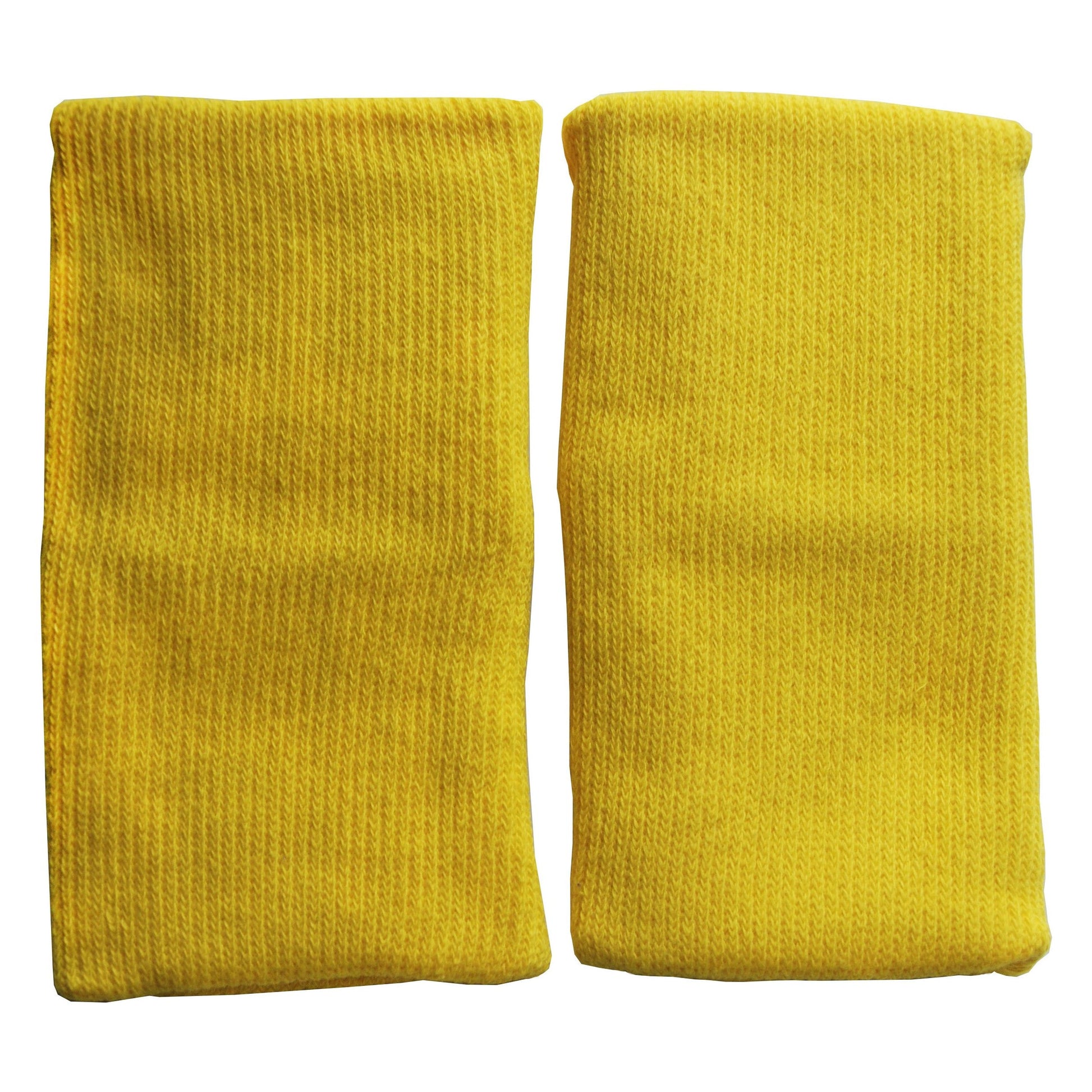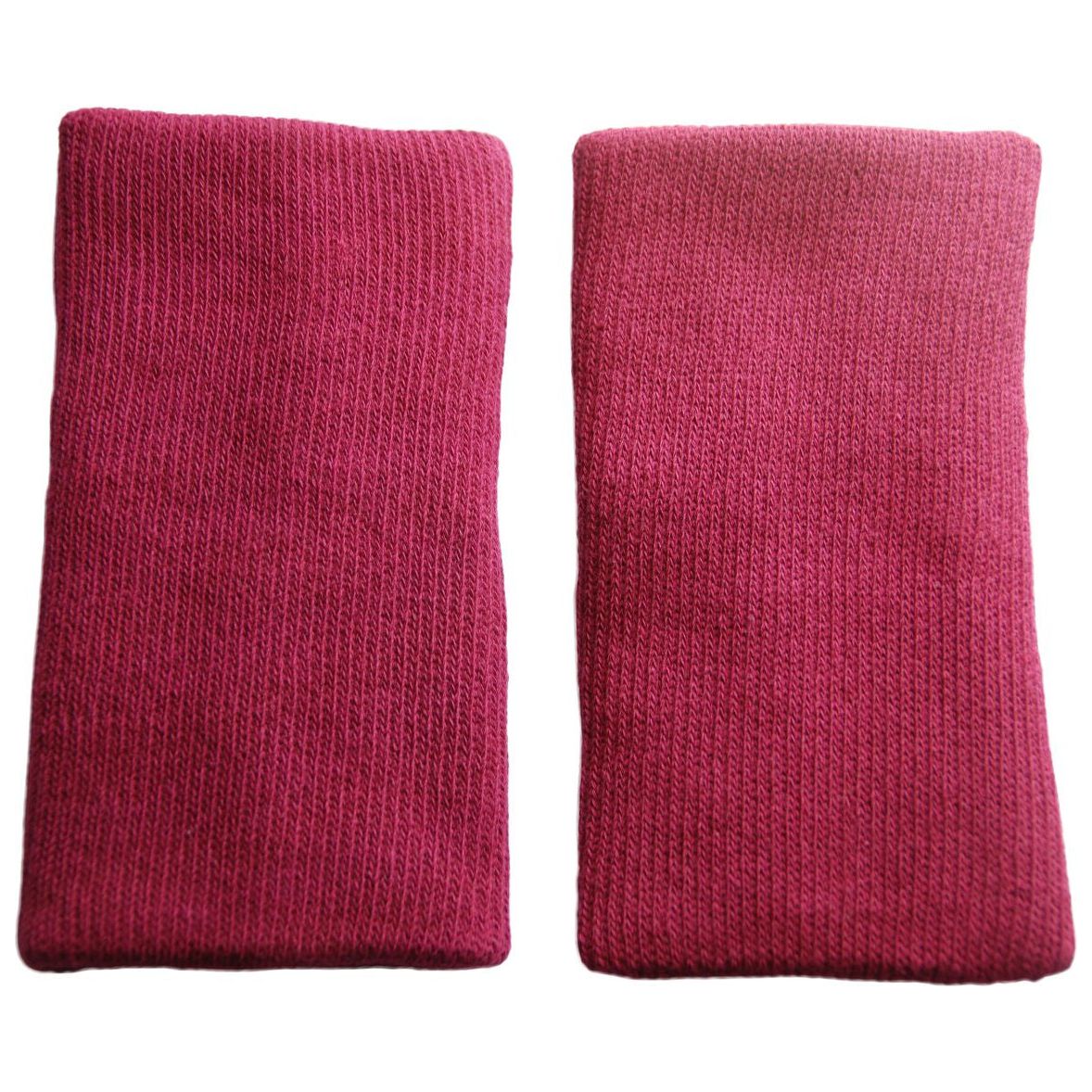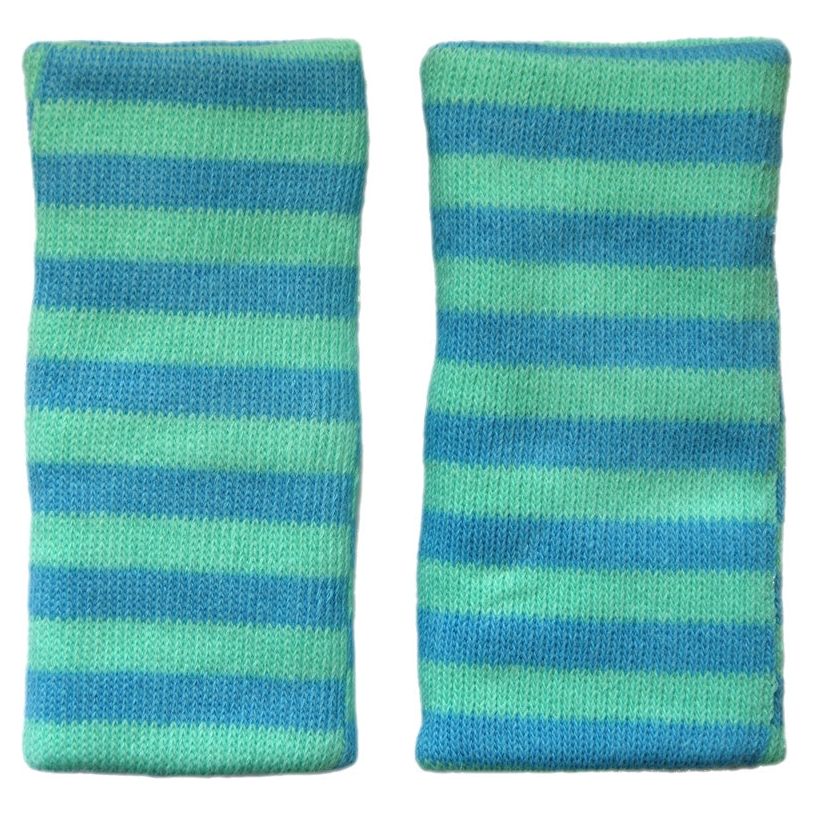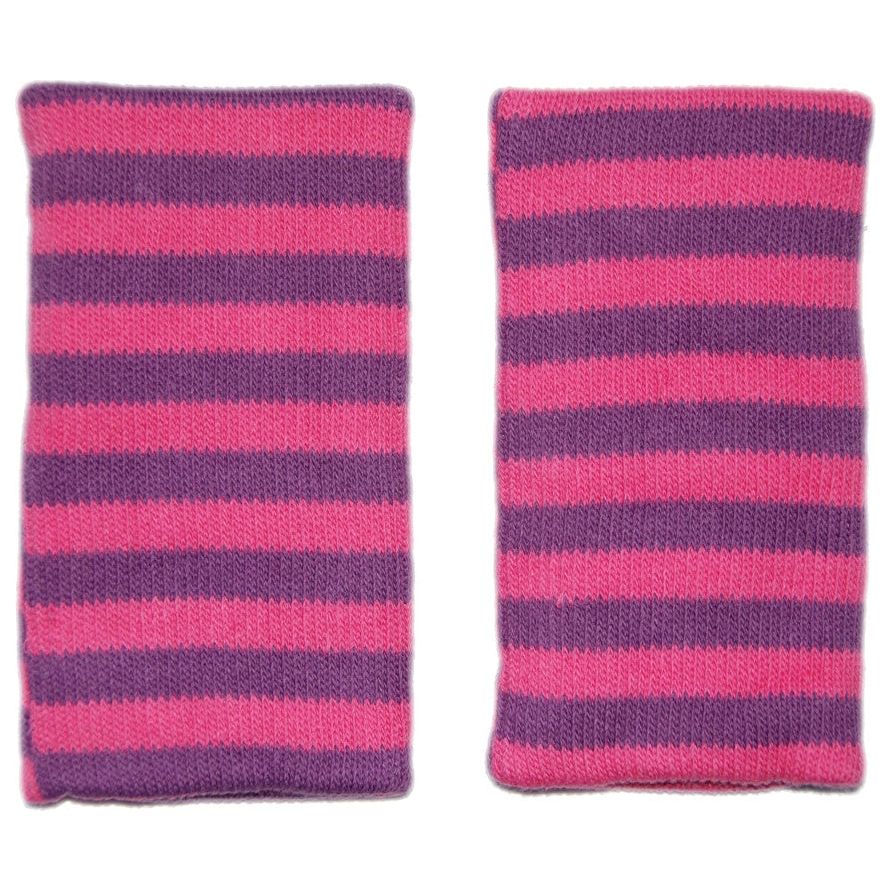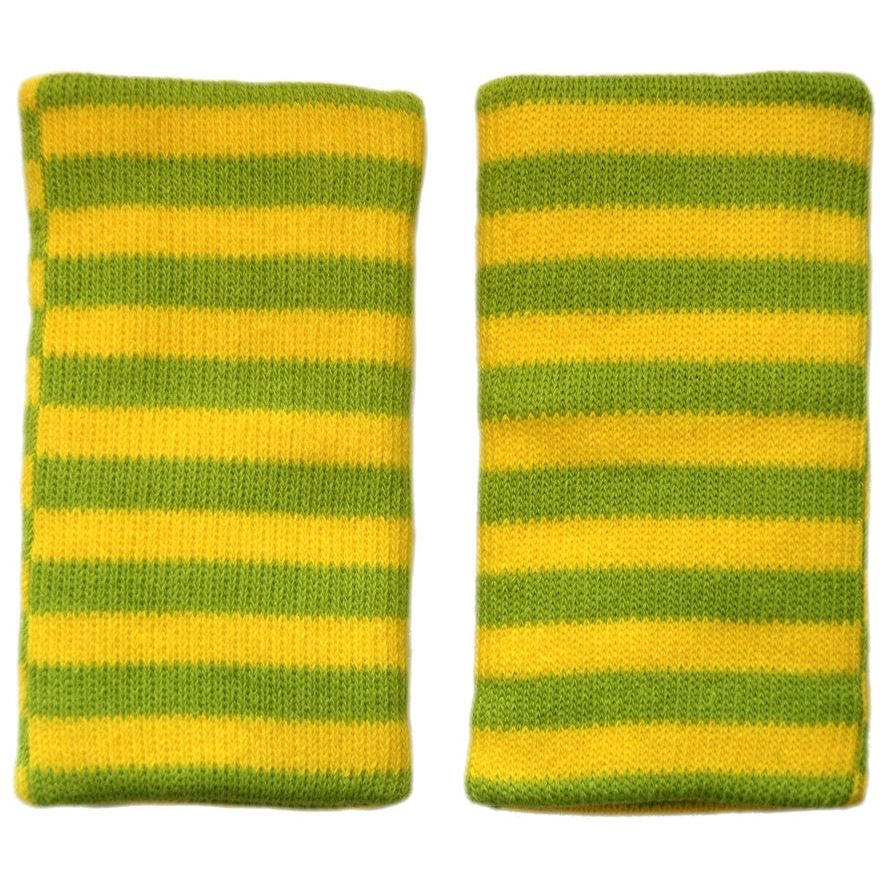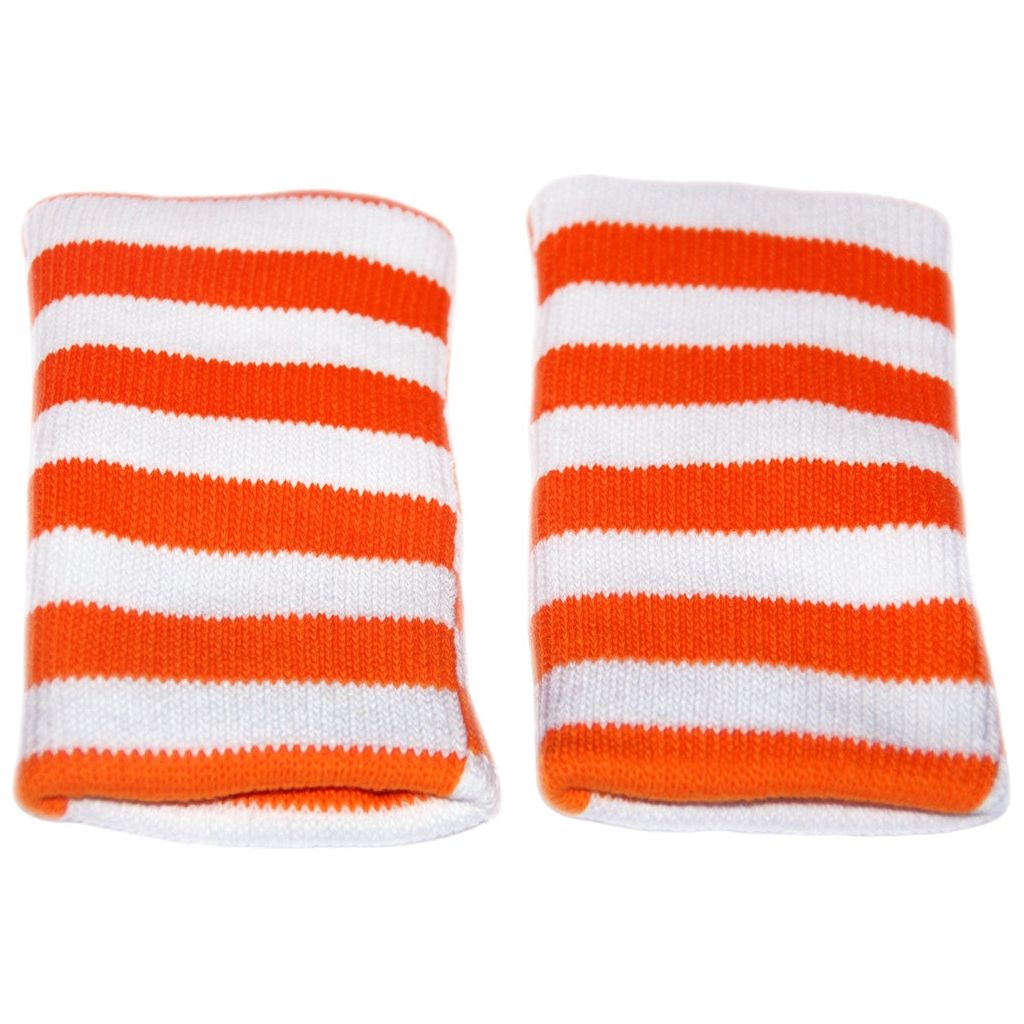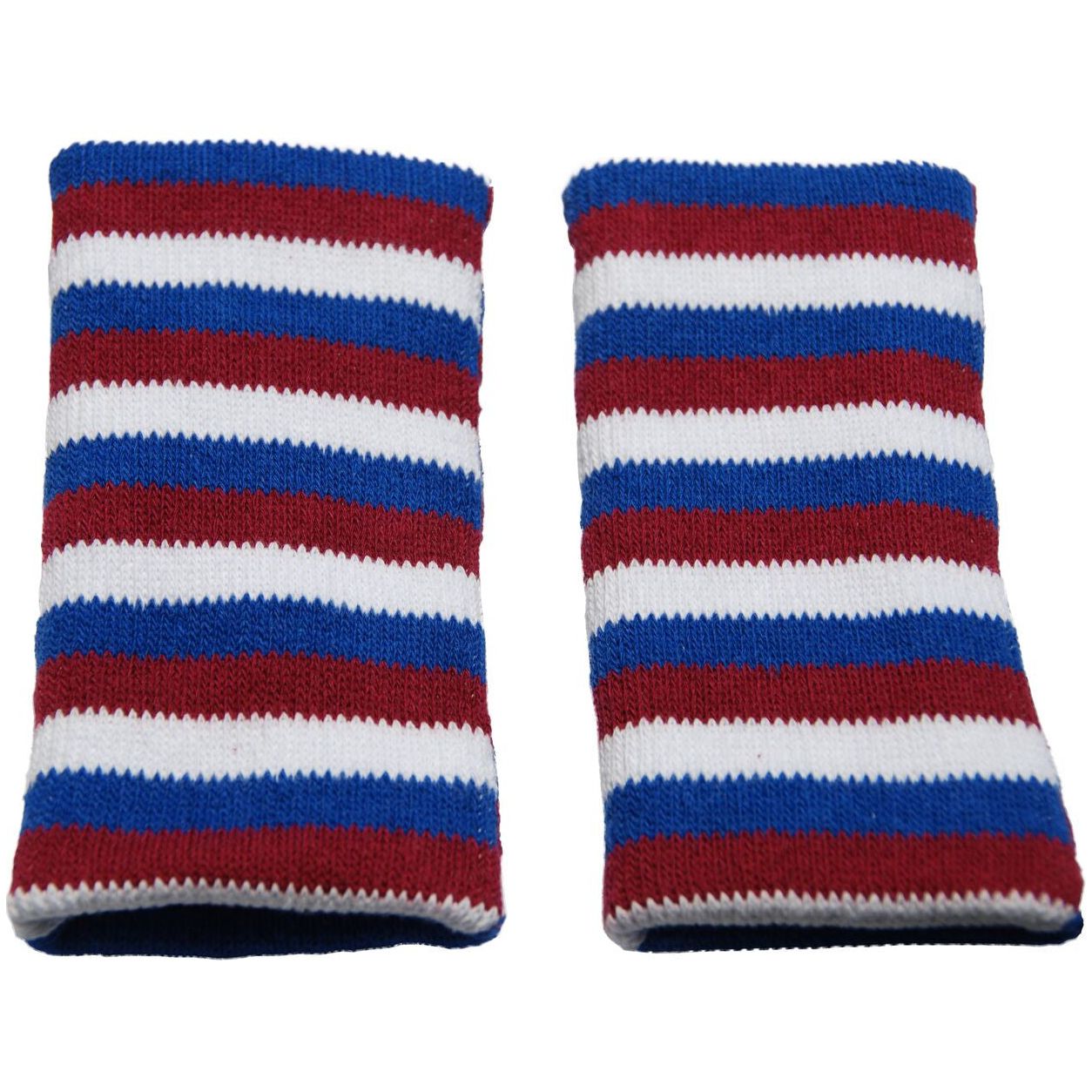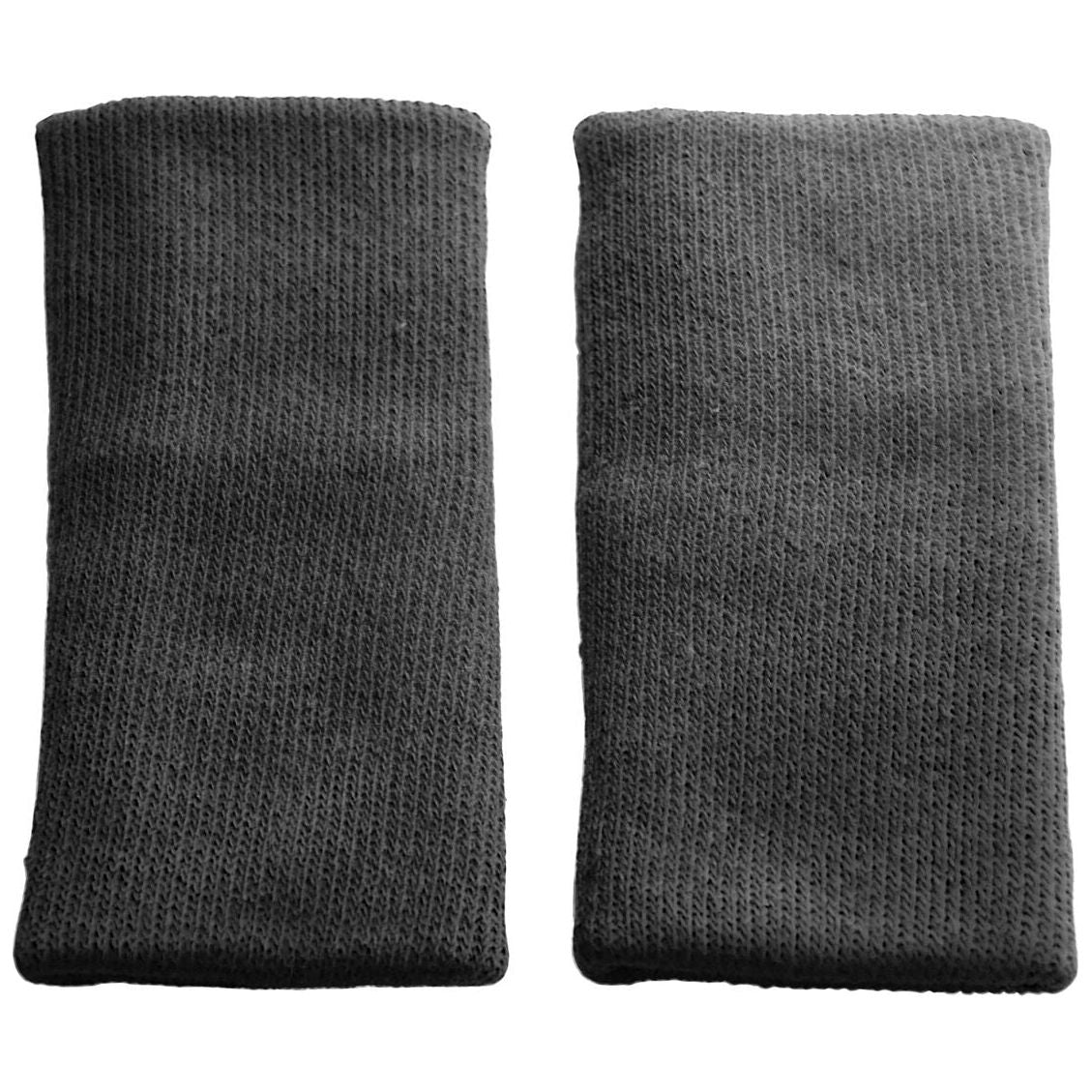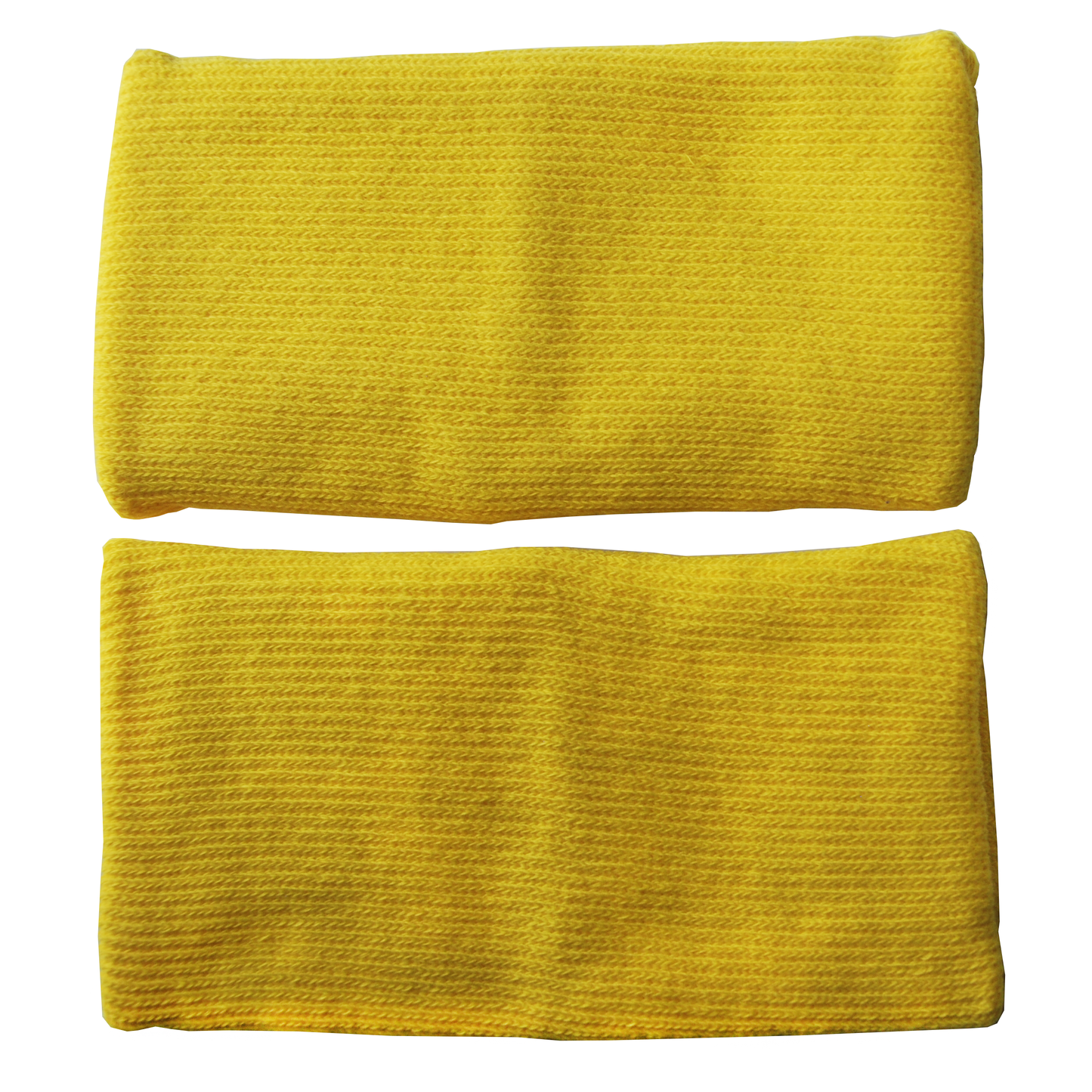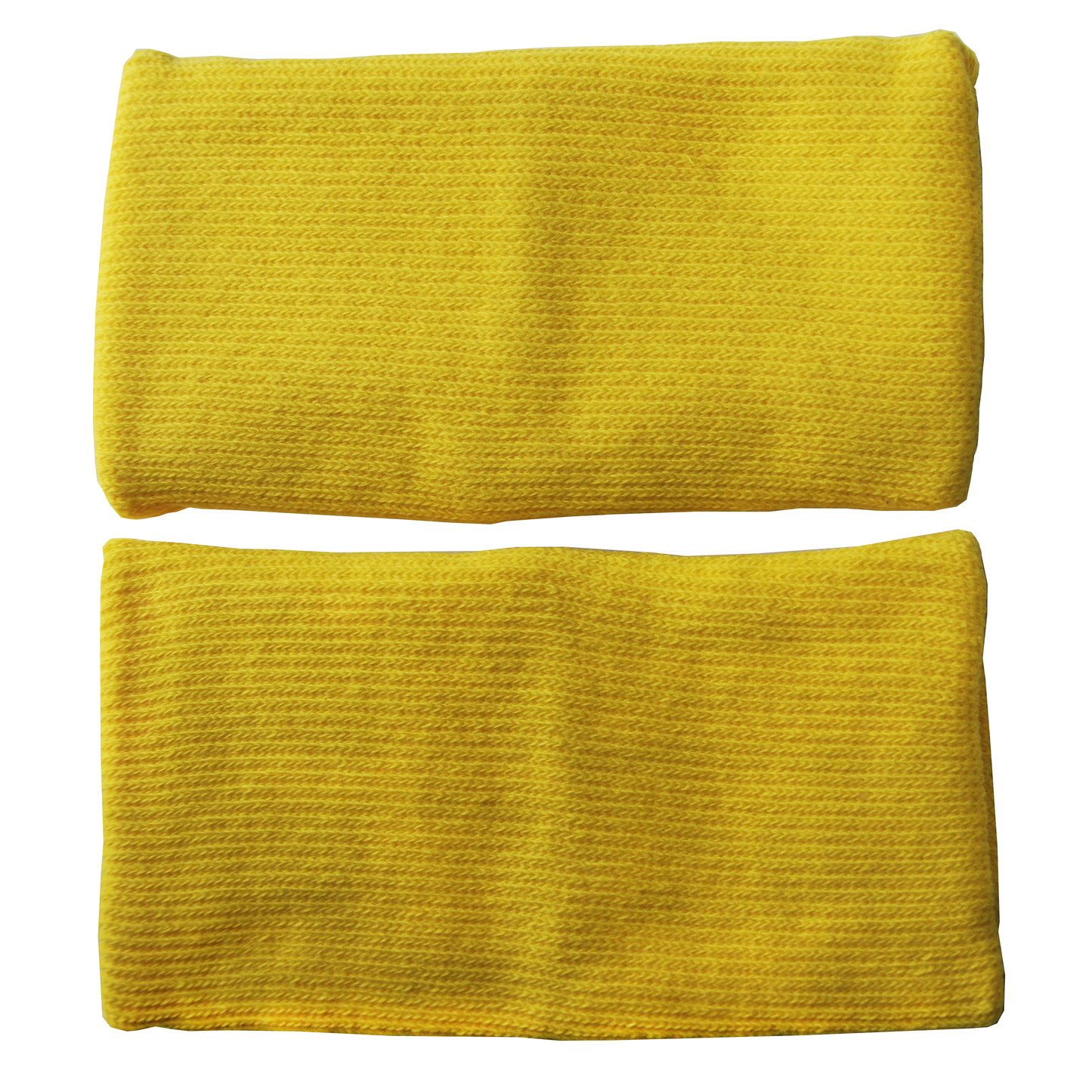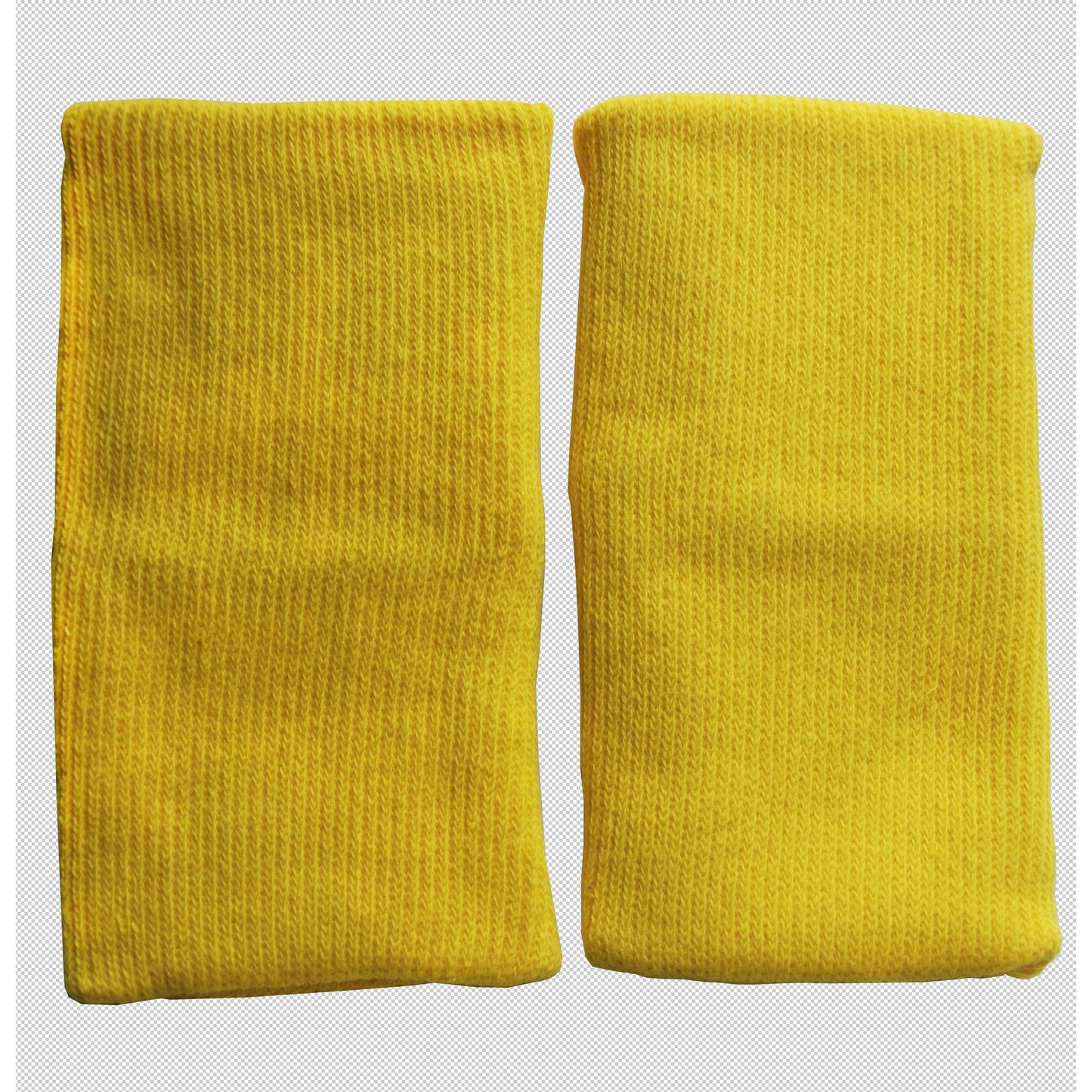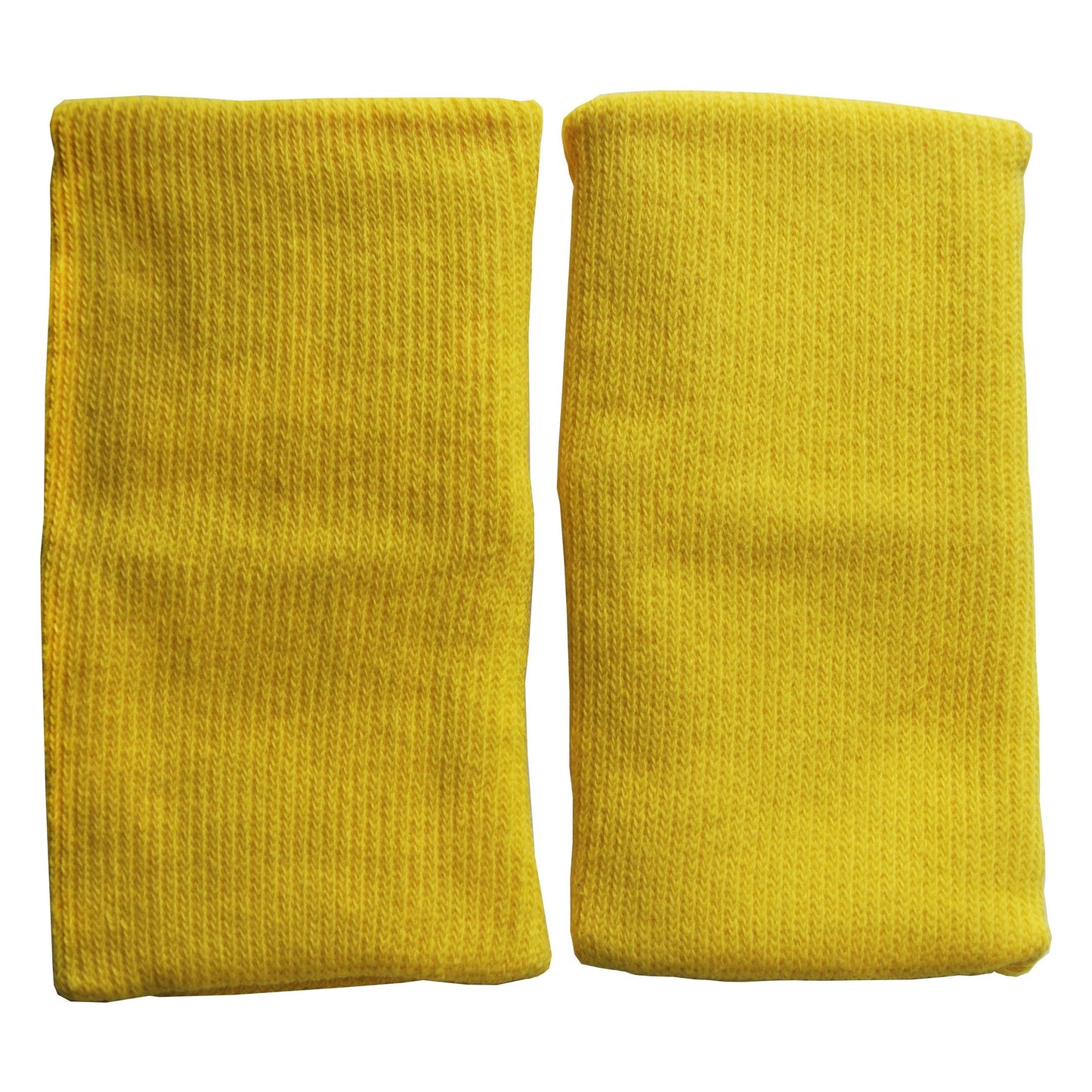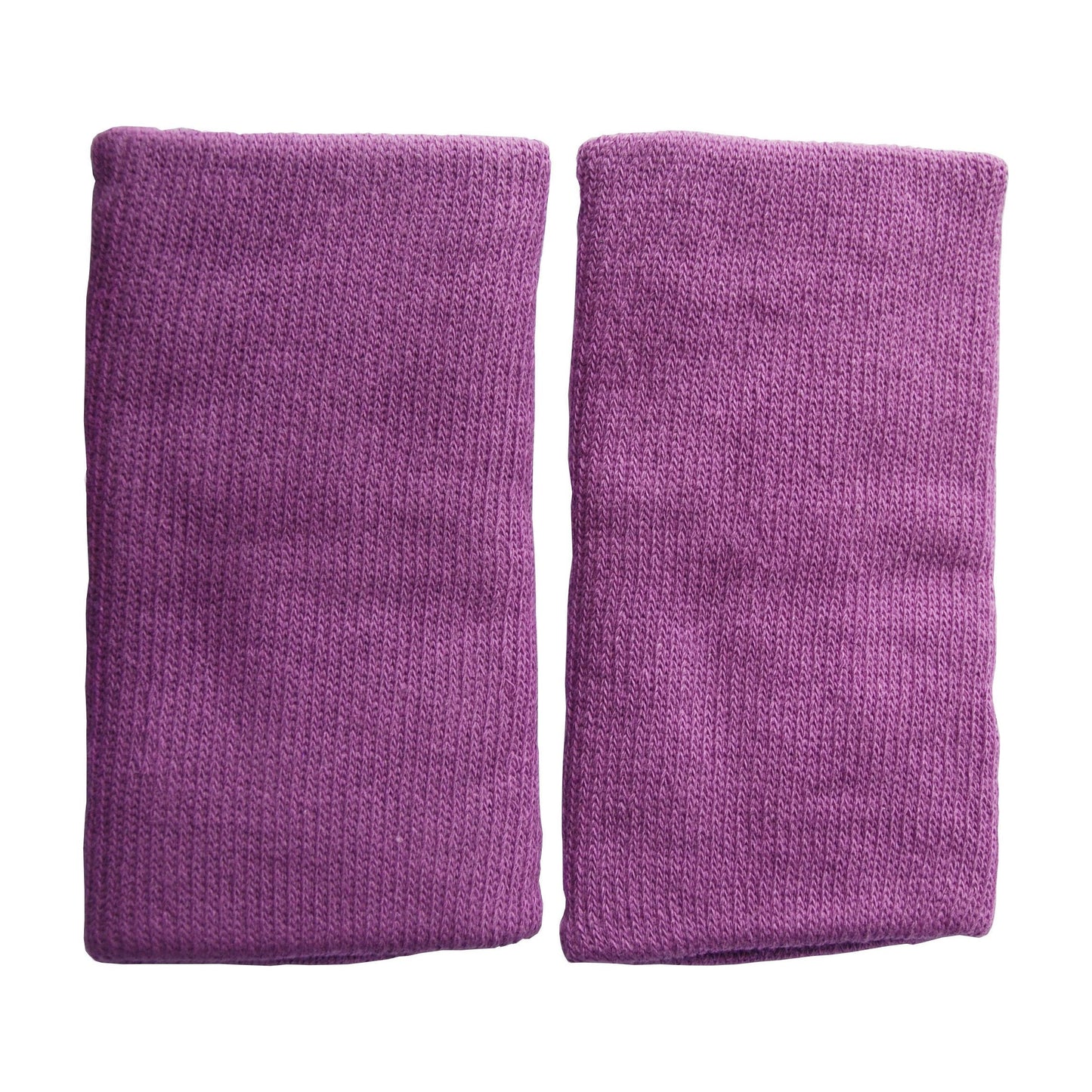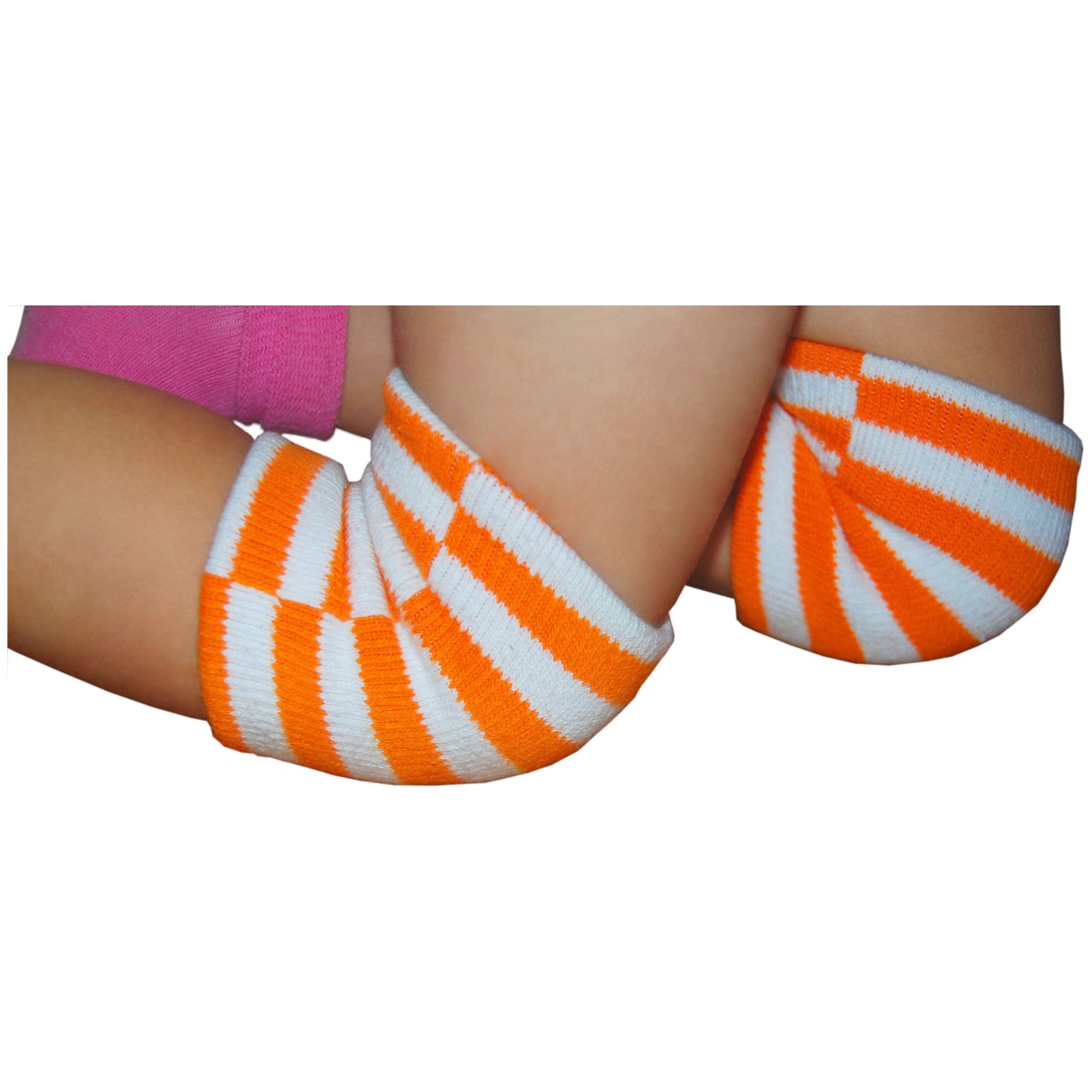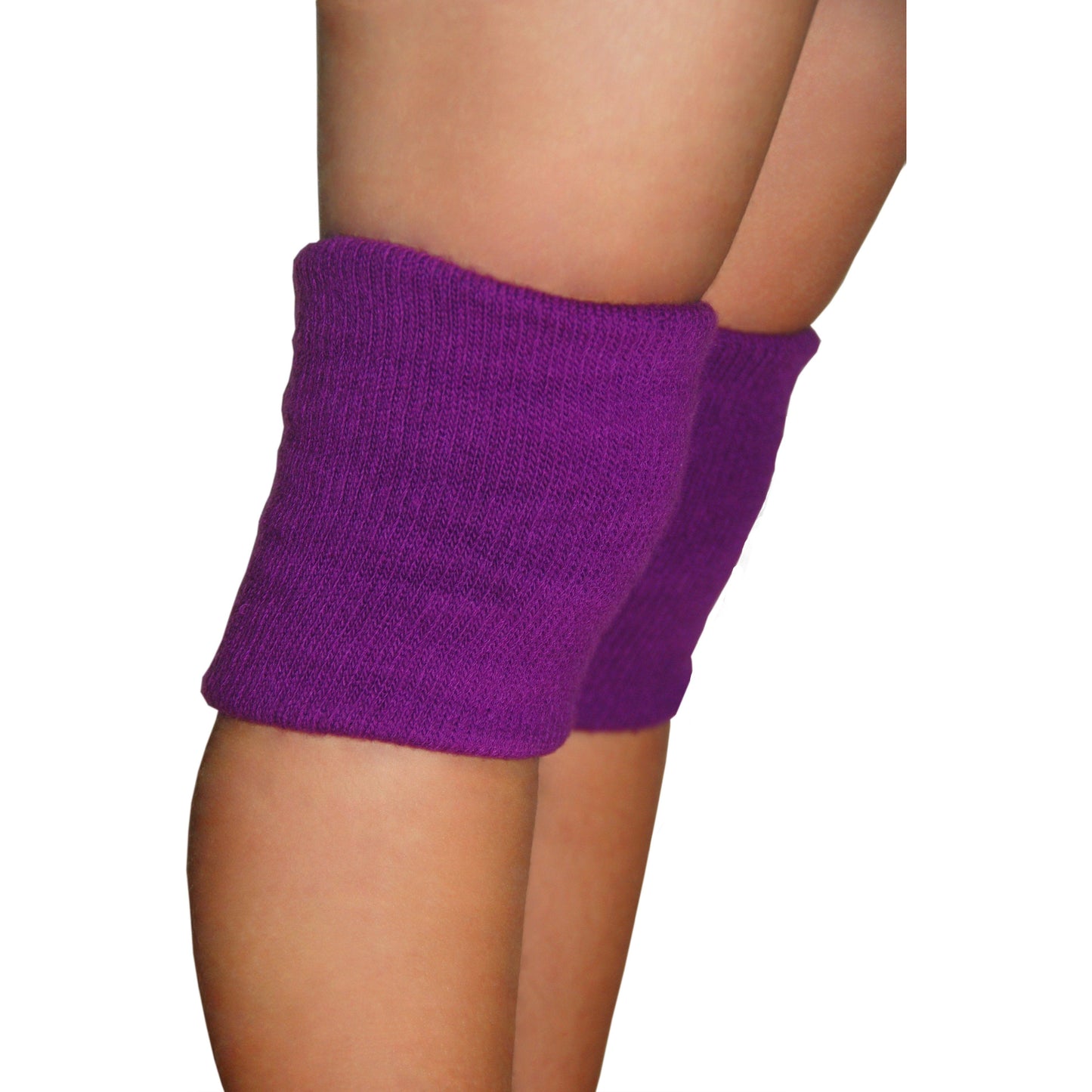Sprains and Strains: Explanation and Symptoms.
Share
Falling down is a painful but normal part of growing up. All kids do it, some more then others. Sometimes after a child falls, the pain does not go away. That could mean a sprain or a strain. It's possible, though it's uncommon for a very young child to suffer a sprain or strain.
A sprain happens when the ligament — the elastic tissue that connects the bones across a joint — stretches too much or tears. Ankles, knees, wrists, and elbows are most vulnerable to sprains. If the sprain is a bad one, you may hear a pop or a snapping sound as the ligament tears.
Because a toddler's ligaments are typically stronger than the surrounding bones and cartilage, they are more likely to suffer an injury to the bone than to the ligamen. Strains or "pulls" happen when muscles — or the tendons which connect them to the bone —are stretched excessively or torn. Muscle strains can happen suddenly, or they can develop over time. They're most common among extremely active children.
What are the symptoms of a sprain or strain?
Both will hurt. A sprain or bad strain is more likely to cause sharp, immediate pain, while a mild strain may not hurt until hours after the injury occurs.
Both strains and sprains may cause bruising if blood vessels were ruptured. A sprain is more likely to cause swelling than a strain, but a severe strain could also result in swelling. Your toddler may not be able to put weight on the sprained or strained body part. The severity of the symptoms indicates how bad the sprain is. Minor pain and bruising with tenderness but no great difficulty using the body part probably means that it's a minor strain or sprain (the tendon, muscle, or ligament is overstretched), while severe pain, swelling, bruising, and an inability to use the area most likely means that it's a serious strain or sprain (the tendon, muscle, or ligament may be torn). A sprain happens when the ligament — the elastic tissue that connects the bones across a joint — stretches too much or tears. Ankles, knees, wrists, and elbows are most vulnerable to sprains. If the sprain is a bad one, you may hear a pop or a snapping sound as the ligament tears.
Source: http://www.babycenter.com/0_sprains-and-strains

